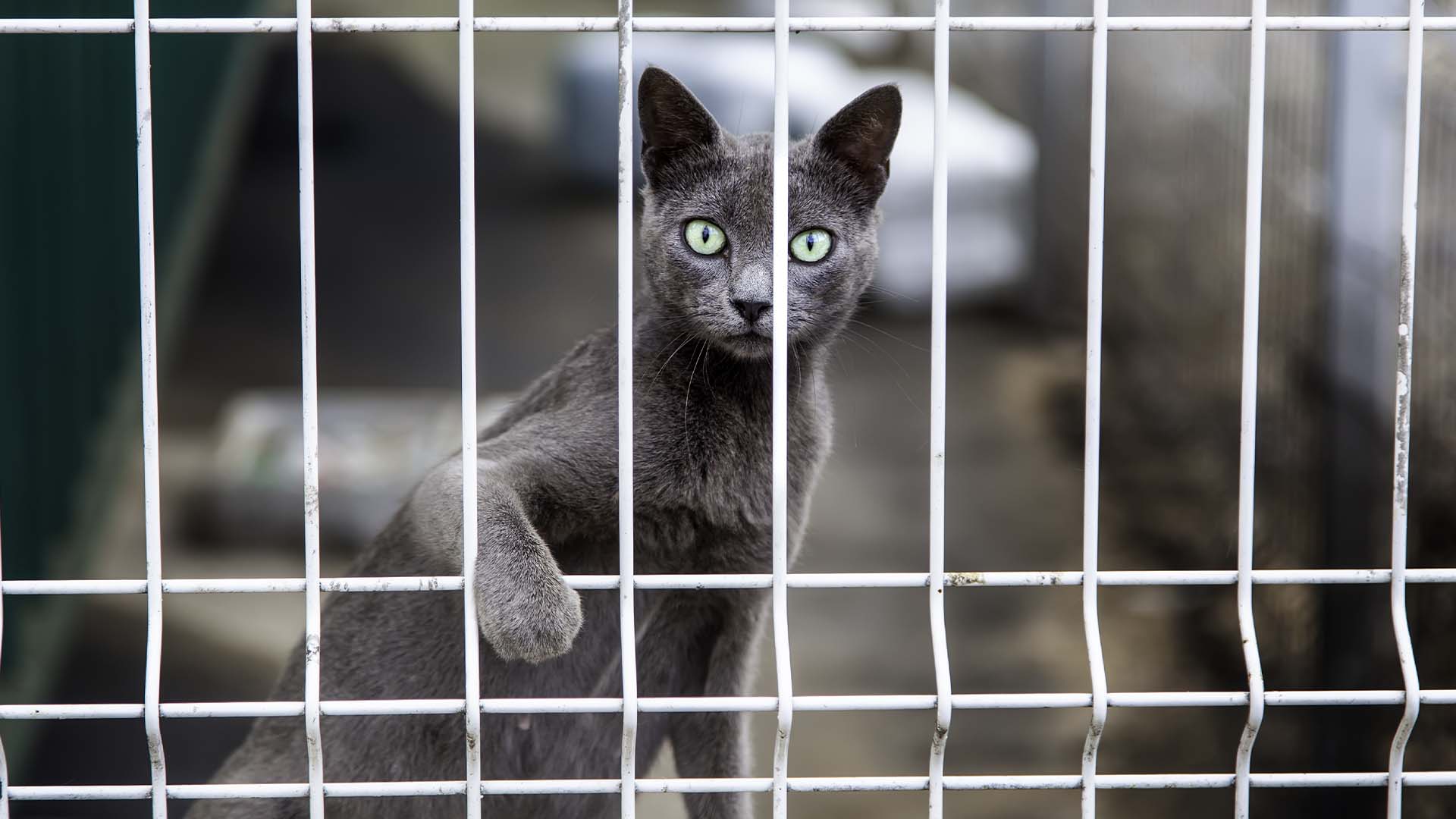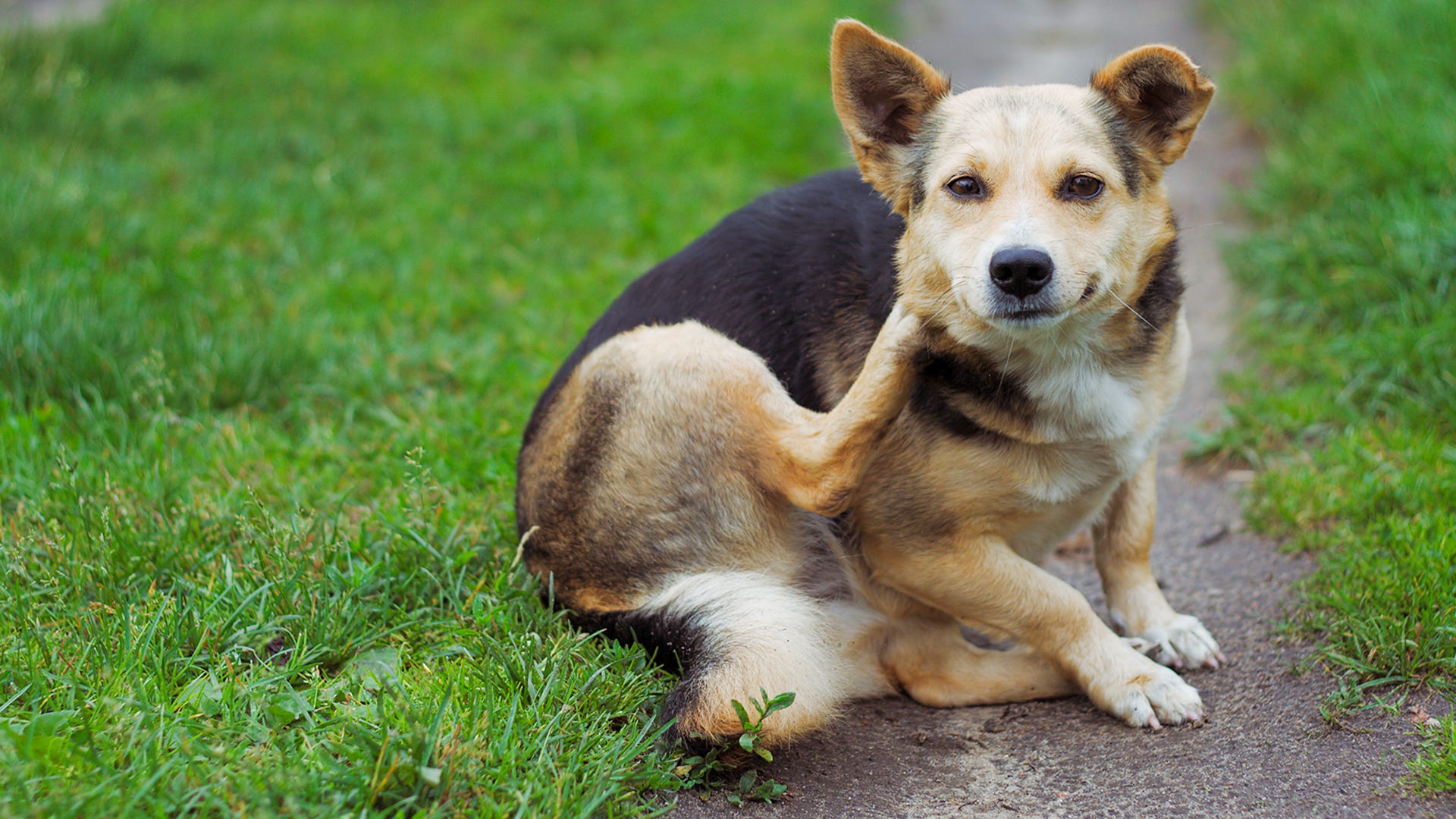Live traps make it easy to capture and get rid of groundhogs, skunks, and other unwelcome animals around your home without harming them. However, a live trap is only as effective as the bait you use. Here you can find out the best baits for common pests and the helpful tips that ensure success.
Groundhogs
- Best bait: These ravenous herbivores come to your garden to munch on your homegrown produce, so you can entice them into your trap with vegetables, such as tomatoes, cucumbers, carrots and beans. They are also attracted to fruits, such as apples, cantaloupes, strawberries and peaches.
- Key to success: Groundhogs are especially hungry in early spring, as they prepare to produce a new set of hungry mouths to feed. Set up your trap as soon as wild plants start growing to try capturing groundhogs before a new generation is born.
Skunks
- Best bait: The strong scent of fish-flavored cat food catches the attention of skunks and brings them into your trap for a taste.
- Key to success: Covering all but the door of your trap with an old blanket or a dark cloth gives a skunk comfort in taking the bait and reduces the risk that you’ll be sprayed by a trapped skunk.
Raccoons
- Best bait: Raccoons eat almost anything (as you might surmise from the mess they make of your garbage cans), but marshmallows appeal to the pests’ craving for high-calorie sweets.
- Key to success: The masked bandits’ deft hands are often able to reach into traps and pull out the bait without being captured. Take extra care to secure the bait so they can’t get to it unless they are inside the trap.
Opossums
- Best bait: Spoiled meat is irresistible to carrion feeders, like opossums. It can attract dogs, too, so be sure there’s no chance a pet is around that could get caught.
- Key to success: As scavengers, opossums are accustomed to exploring new things in their path. Set the traps late at night or early in the morning to catch the nocturnal critters on their way home to their nests.
Rats
- Best bait: Peanut butter embedded with raisins attracts rats with two nutrients they crave: protein and sugar. The combination is so sticky that it’s nearly impossible for the crafty pests to get the bait without triggering the trap.
- Key to success: Rats stay close to walls and in sheltered spaces as they move around. Place your trap in a corner where rats must go into it rather than risk exposure by going around it.
Feral Cats
- Best bait: A cat’s strong sense of smell draws it to the pungent aroma of oily fish, such as sardines or anchovies.
- Key to success: Feral cats tend to be very wary of anything unfamiliar. To get them comfortable with going in, first offer the bait outside the trap. Over several days, gradually move it in deeper before finally setting the trap to catch them.
Chipmunks
- Best bait: Lay out a trail mix of nuts and seeds leading to a smear of peanut butter to bring the little nut-loving rodents right to the trap’s trigger.
- Key to success: Chipmunks keep their distance from anything with a human scent, so wear gloves when handling the bait and setting the trap to minimize the chance your odor will deter them.
Rabbits
- Best bait: Cartoon bunnies love carrots, but the real ones prefer the leafy tops more than the crunchy roots. Tender leaves of lettuce, spinach, and other fresh greens will lure them into your trap.
- Key to success: Using a spray bottle, lightly coat traps with apple cider to help attract rabbits and cover up human scents, to which they are sensitive.
Armadillos
- Best bait: The scaly creatures visit homes to dig up earthworms and grubs in the yard. Tempt them to enter your trap by gathering a few worms or grubs yourself and tying them inside old pantyhose.
- Key to success: Rise before dawn to observe the movement of the nocturnal critters, so you can see where they travel along fences and walls on the pathway to their burrow. Place your trap on one of those paths and add wooden planks or fencing on the sides in a V shape to funnel the animal in.
Voles
- Best bait: Like other rodents, voles are primarily nut and seed eaters. Blend oatmeal with a dab of peanut butter and you’ve hit both of their favorites.
- Key to success: Voles do not hibernate, so they’re easiest to trap during the winter when they are out and about but food sources are scarce. Set traps at burrow openings or where you see the telltale signs of their crisscrossing travel lines in the snow or grass.




